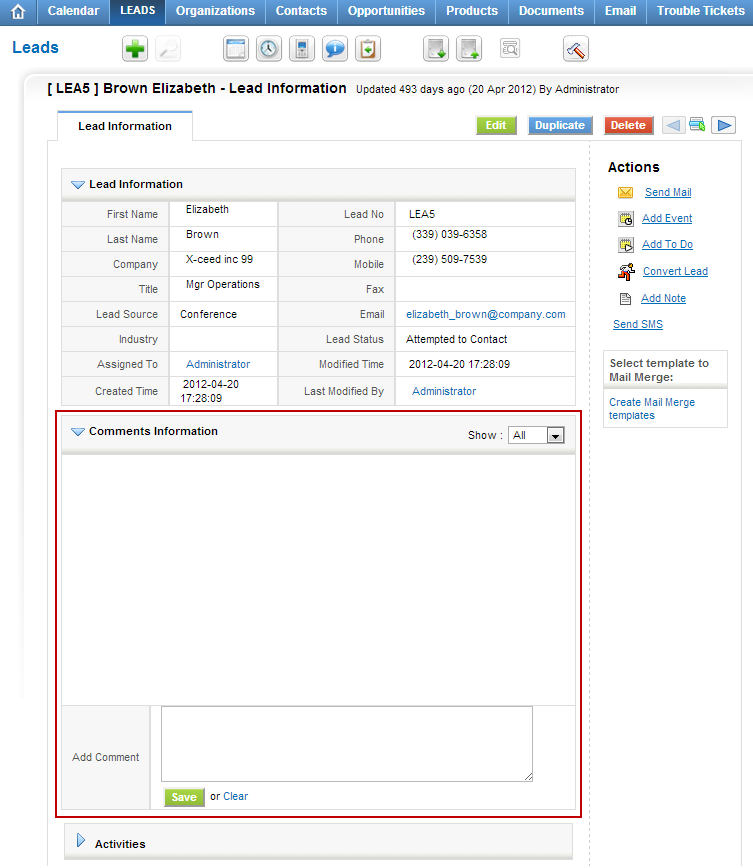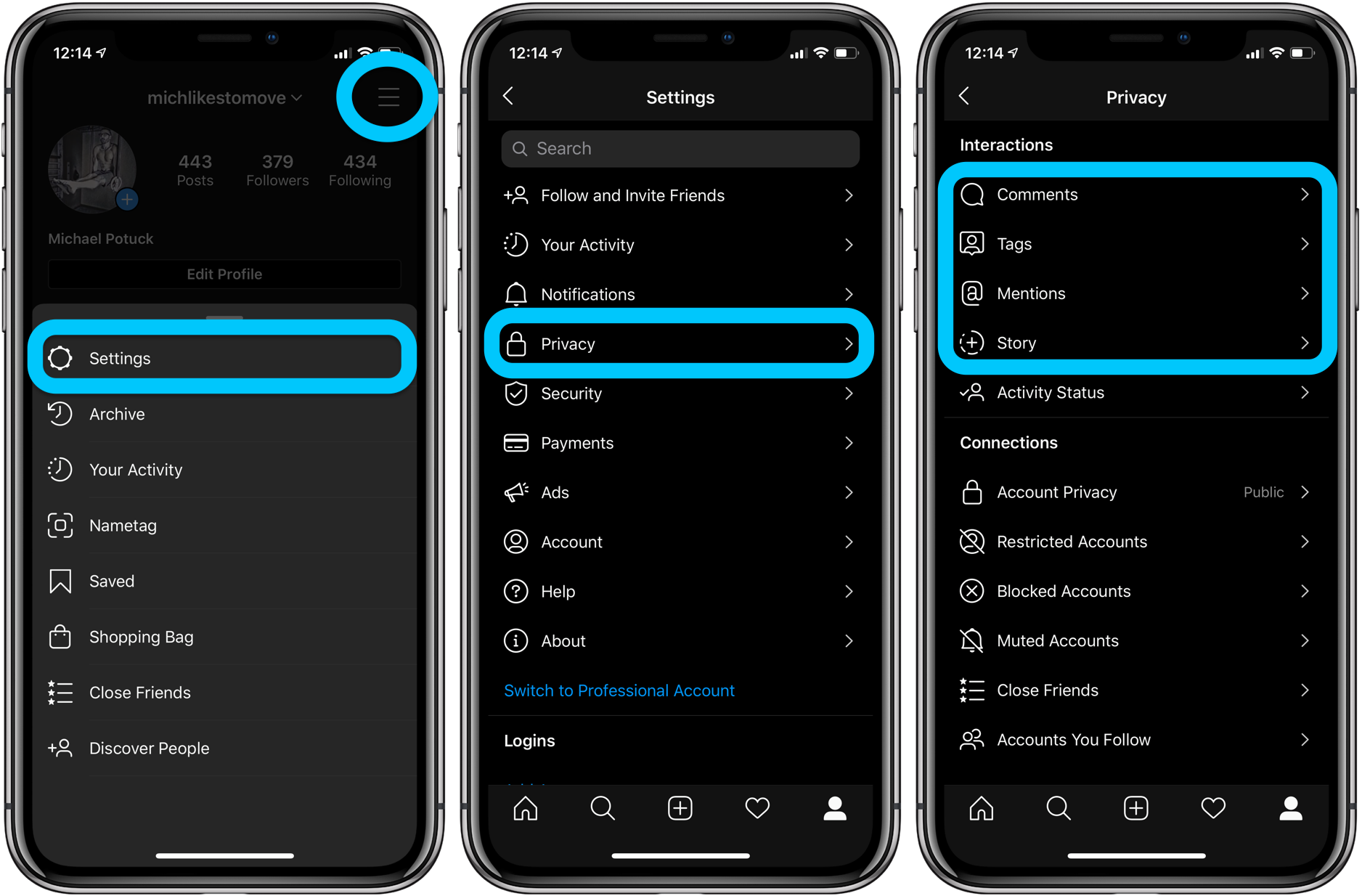
In case of any errors copy the id and go and check in CRM Once the script is run successfully go and check the logs in the log pathĦ. Once the credentials are received call the main functionĥ. Save the output in the same folder as the script.Ĥ. Run this command – ‘Get-Credential | Export-CliXml.

In case XML file is not there, please do the below.Ģ.

This function fetches credentials from an XML file in an encrypted way to connect to the system In that case, documenting the steps inside a script block will be useful. It will be not be known to a person who has not developed it. Sometimes, the script should be run in a way or an order. This way, the aim of the script is already given and is additionally an excellent thanks to include warnings or things to observe out for when using the script.Ĭreating comments for documentation purpose: A block comment in PowerShell is beneficial for adding descriptive text in your scripts. When you open the script to seek out what the script does, it sure would be nice if there are useful details listed inside like what the script is for like who created it, and when was it created. Comments can be deleted using Ctrl +shift+ Q or select the block and select uncomment from options window. (PowerShell Studio version 4.1.72 introduces the Block Comment icon.) To delete comments (in either format), select the lines to be deleted and press Ctrl + Delete.

#Editra block comments code#
Highlight a code block and press Ctrl + Shift + Alt + Q, or select Block Message to add a comment block. To individually comment out each line (#), select one or more lines and press Ctrl + Q, or click Comment (in the Edit section of the Home tab). Write-Host "above lines are example of multiline comment r script block" Write-Host "The above line won't be printed" This is used for single-line commenting, for multi-line commenting, or a comment block is used. Everything that follows # in the same line is considered a comment by the PowerShell interpreter.


 0 kommentar(er)
0 kommentar(er)
